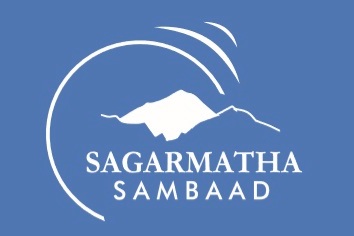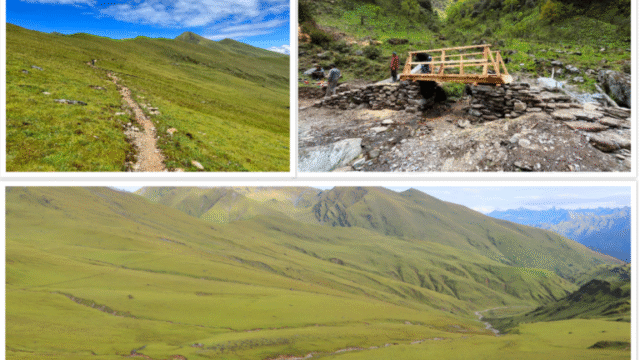A Himalayan Dialogue is scheduled for April 21 and 22 (Baishakh 9 and 10) in Khalanga, Jumla, as a prelude to the federal government’s upcoming Sagarmatha Dialogue, which will take place from May 15 to 17 (Jestha 2 to 4). The purpose of the event is to bring attention to the problems that marginalized groups and children in the Karnali region face.
Save the Children, Youth Alliance for Environment (YAE), the Karnali Integrated Rural Development and Research Centre (KIRDARC), and other development partners are collaborating with the Sagarmatha Dialogue Secretariat to organize the Himalayan Dialogue. Children, young people, and marginalized Himalayan communities will have a forum to exchange stories, express their unique needs, and promote child-sensitive climate solutions through the dialogue.
The conversation will serve as a significant forum for Himalayan communities, linking regional concerns to national platforms, according to YAE President Sanat Adhikari. He said, “This initiative is in line with the larger theme of the Sagarmatha Dialogue Change, Mountains, and the Future of Humanity, which ensures that children and youth are given space and a voice in national and international policy discussions.”
The Himalayan Dialogue’s main goals are to connect local realities with global climate frameworks, promote age-sensitive climate policies, elevate the voices of children and youth, and highlight effective community-led climate initiatives. The Himalayan Dialogue’s main goals are to connect local realities with global climate frameworks, promote age-sensitive climate policies, elevate the voices of children and youth, and highlight effective community-led climate initiatives.
Children from Karnali Province’s Himalayan communities, indigenous and marginalized groups, women and adolescent girls, civil society organizations active in the area, development partners, UN agencies, government representatives, local government officials, and provincial and federal policymakers are among the approximately 150 participants anticipated. Experts caution that children and the Himalayan region are increasingly at risk due to climate change and environmental degradation.
Children in these areas suffer the most from the terrible consequences of environmental degradation and carbon emissions, despite their insignificant role in these issues. Extreme weather, air pollution, and water-borne illnesses are posing a threat to children’s survival, education, safety, and general well-being in Nepal’s Himalayan communities. According to Govinda Bahadur Shahi, Executive Director of KIRDARC, the Himalayan Dialogue is being held to promote justice for these impacted communities.
33.8% of Nepal’s population is under the age of 18, according to the country’s 2021 national census. Nepal is regarded as one of the world’s most climate-vulnerable nations because of its location and socioeconomic issues. In the Himalayan regions, where altered weather patterns, glacier melt, and decreased water availability are making disasters like landslides, floods, and droughts more frequent, the effects of climate change are especially acute.
Climate-related disasters have increased in Nepal in recent decades. Notable recent disasters include the Seti flood, Jure landslide, Melamchi flood, Karnali/Western Tarai floods and landslides, Thame flood and landslide, and the Kathmandu Valley flood, according to the National Disaster Risk Reduction and Management Authority. The Karnali region’s agricultural productivity is declining due to severe water shortages and growing drought. According to Shahi, these difficulties have had a major effect on livelihoods, causing migration, malnourishment, disruptions in education, and child marriage all of which have long-term effects on children.






